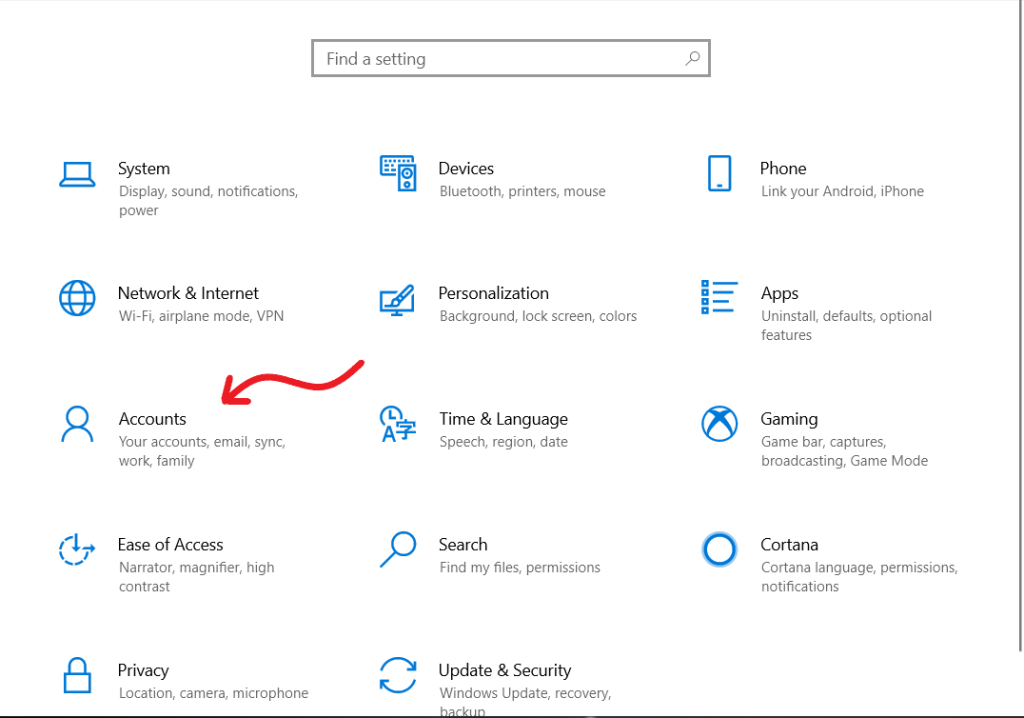
Look for folders or subdirectories that contain names like “License,” “Activation,” or “Registration.” Within these directories, you may find TOK files alongside other licensing-related data.
In conclusion, while deleting TOK files is generally safe and will not cause any harm to your system, it is essential to consider potential consequences before doing so. Make sure you have backup copies of any necessary license information and evaluate whether freeing up storage space outweighs the possibility of encountering activation issues in the future. As always, exercise caution when modifying or removing any files from your computer and consult official documentation or support resources if unsure about specific applications’ requirements.Outlook Odyssey: Logging in on Windows
Microsoft Outlook is one of the most popular email clients used by individuals and businesses alike. With its user-friendly interface and powerful features, it has become an essential tool for managing emails, calendars, contacts, and tasks. In this article, we will guide you through the process of logging into Outlook on a Windows computer.
To begin with, make sure that you have a stable internet connection before attempting to log in.
Open your preferred web browser (such as Google Chrome or Microsoft Edge) and type “outlook.com” into the address bar. Press Enter to load the website.
On the Outlook login page that how to login to outlook in windows appears, enter your email address or phone number associated with your account in the provided field. Click on “Next” to proceed.
In case you are using a personal device or a trusted computer where no one else has access to it regularly, you can checkmark “Keep me signed in.” This option allows you to stay logged into your account even after closing your browser window.
After entering your email address or phone number and clicking “Next,” enter your password on the subsequent page. Make sure that Caps Lock is turned off as passwords are case-sensitive.
If you have forgotten your password or need assistance accessing your account due to any reason, click on “Forgot my password” link below the sign-in button for further instructions.
Once you have entered both credentials correctly – email/phone number and password – click on “Sign in.” The system will verify these details against their records before granting access to your Outlook account.
If all goes well during authentication checks performed by Microsoft’s servers, congratulations! You have successfully logged into Outlook on Windows!
Upon successful login, you will be redirected to Outlook’s main interface where all incoming emails are displayed within the Inbox folder by default. From here onwards, feel free to explore various features offered by this versatile platform such as composing new emails using rich text formatting, organizing emails into folders, setting up rules to automatically sort incoming messages, and managing your calendar and contacts.
It is worth mentioning that Outlook also offers a desktop application for Windows called “Outlook Desktop.” This application provides an enhanced user experience with additional features like offline access to emails and improved performance. To download the Outlook Desktop app on your Windows computer, visit the official Microsoft website or search for it in the Microsoft Store.
In conclusion, logging into Outlook on a Windows computer is a straightforward process.







